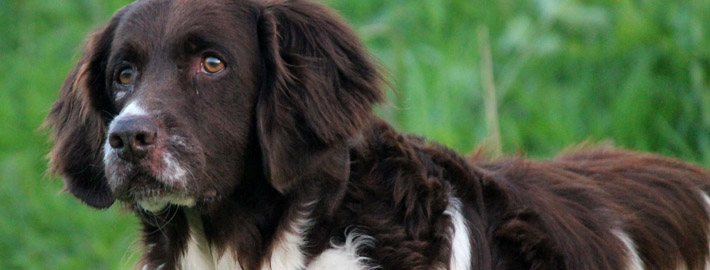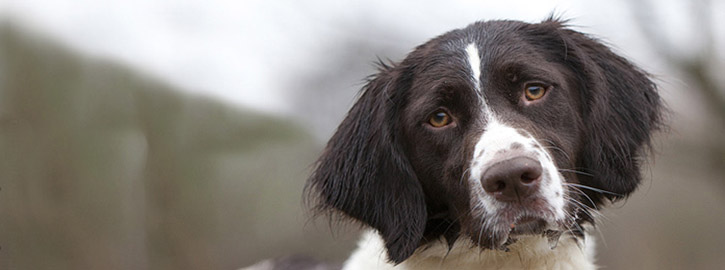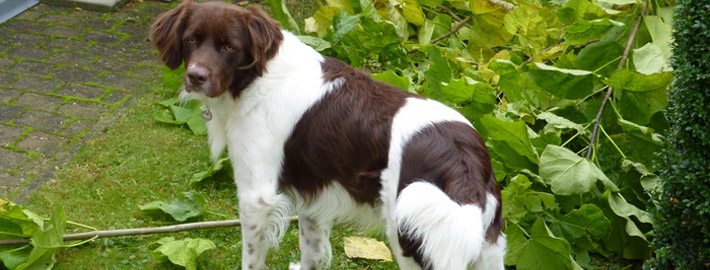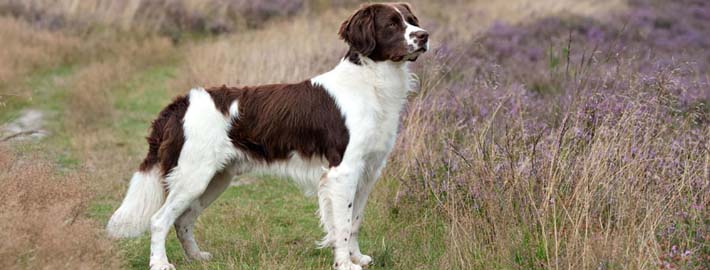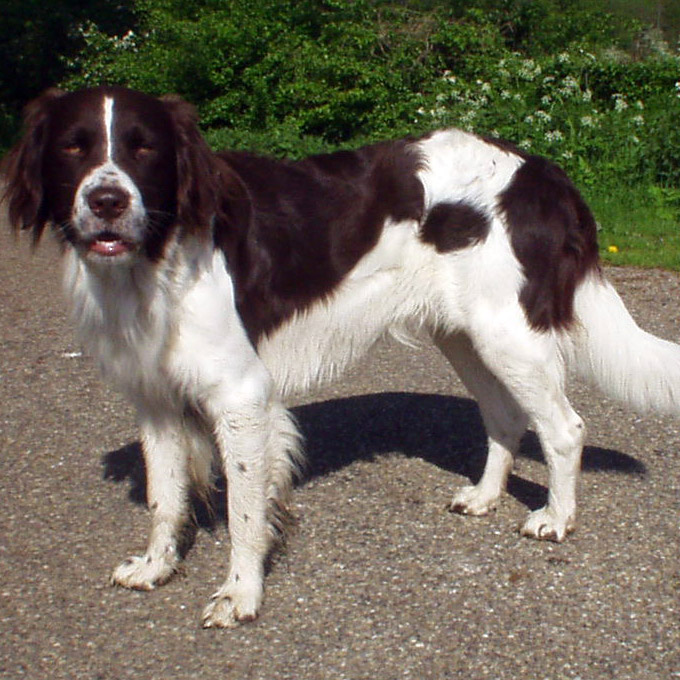What makes the Drentse Patrijshond Unique?
The Drentse Patrijshond has been bred for centuries not only as a gundog but also for more general purpose work as well. Although this breed is generally similar in temperament to other gundogs, it has some traits that are relatively unique for the group. This is an intensely, intensely human oriented breed. Drentse Patrijshonds form incredibly close bonds with their families to whom they are very devoted. This is a breed that absolutely craves human companionship 24/7 and does extremely poorly when left alone for long periods of time. Drentse Patrijshonds have an excellent reputation with children, with whom they are both very affectionate and very gentle when properly socialized.
Breed Groups
Page Contents
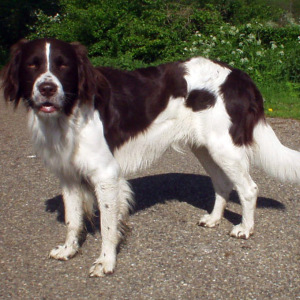
SnapShot
Is the Drentse Patrijshond Right For You?
The Drentse Patrijshond is considered an intelligent breed. Although the Drentse Patrijshond is a very trainable dog, this breed is considered more difficult to train than most gundogs. Many Drentse Patrijshonds have a stubborn streak, and a few could even be considered willful. While most breed members are willing to please, they certainly do not live to do so. This dog also has a tendency to being very sensitive, so trainers should avoid harsh training methods such as yelling. Rewards-based-methods, especially those that involve treats are generally much more effective and desirable. This breed does take to hunting quite naturally, and many Drentse Patrijshonds begin to exhibit hunting behaviors without training. However, the Drentse Patrijshond is usually better suited to life as a personal gundog rather than a competition gundog, because they tend to hunt relatively slowly and usually refuse to go far from their handler.
In 5 Words
- Obedient
- Loyal
- Companionable
- Sweet-Tempered
- Fearless
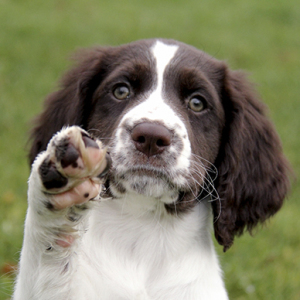
Characteristics
Learn About the Drentse Patrijshond
Description
Valid color is white with brown or orange markings. Mostly white with large brown plates. Ideally a male Drent is 58cm/ 22.5inches to 63cm/25inches and females are 55cm/21.5inchs to 60cm/23.5inches in height at the wither. If the dog is well proportioned half an inch (1cm) to 1 inch (2cm) more is acceptable.
Drentse Patrijshond is a medium- to large-sized, strong dog, long rather than tall. The head is short, rectangular, the skull is broad and flat, the muzzle is conical and the nose is big and brown.
Head: Rather broad and very slightly arched. Barely perceptible furrow from stop to moderately developed occiput. Medium-sized, oval eyes expressing intelligence and kindness.
Body: Medium-length neck forming a harmonious line with the straight back and loins, ending in a slightly sloping croup.
Coat: The coat is medium long, with feathers on the leg and longer hair on the front of the chest, giving the impression of a longer haired coat.
Ears: Not heavy, set high, hanging close to the head without folding.
Tail: Set fairly high, reaching to the point of the hock.
Hair: Dense coat covering the body well.
Short History of the Drentse Patrijshond
The Drentsche Patrijshond is a versatile spaniel-type hunting dog from the Dutch province of Drenthe. Called the Dutch Partridge Dog (or “Drent” for Drenthe) in English. The origins of the Drentsche Patrijshond are in the 16th century, from the Spioenen (or Spanjoelen) which came to the Netherlands through France from Spain, and is related to the Small Münsterländer of Germany and the Epagneul Français of France.
Drentse Patrijshond dogs was expected to hunt all game, even varmints, and also to pull duty as watch dog, child playmate, etc. Some were even used to pull the dog-carts of the day. On the 15th of May 1943 the breed was officially recognized by the Raad van Beheer op Kynologisch Gebied in The Netherlands.
Drentse Patrijshond is an ancient breed whose origins are clear. It was raised for hunting in the region of Drenthe, in Eastern Netherlands. This breed was officially acknowledged in the Netherlands in 1943.
Temperament
Though the breed shows a strong hunting instinct in the field, and can be quite driven, these dogs tend to be more relaxed in the home than many of the hunting breeds. They are strongly attached to family members, loyal, and of sweet disposition, particularly with children. Although it will come home and quietly assume its position on its bed, it should not be mistaken for a sedentary dog – the breed will suffer if insufficiently exercised.
Drentse Patrijshond is an intelligent, obedient, curious, watchful and alert dog. It is devoted and gentle with its master, affectionate and jolly around children, but watchful and cautious with strangers.
Caring for Your Drentse Patrijshond
Grooming & Bathing
This dog’s fur needs weekly brushing, done more frequently during the shedding period. Excess hair between the footpads and from the ears should be removed.
Exercise & Training
This is a working gundog through and through and has the exercise requirements one would expect of such an animal. This is a very energetic dog that should receive a bare minimum of an hour a day of vigorous physical activity, although more than that would be preferable. The Drentse Patrijshond makes an excellent jogging or bicycling companion but truly craves the opportunity to run freely in a safely enclosed area. Breed members that are not provided proper outlets for their energy are likely to develop behavioral problems such as destructiveness, hyperactivity, excessive barking, nervousness, over excitability, and emotional instability.

